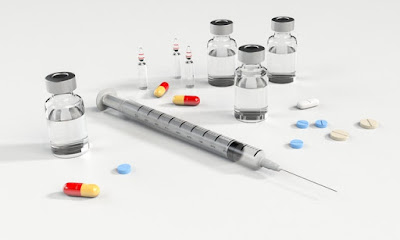 |
| Image Courtesy of Pixabay at Pexels.com |
The Importance of Data and Information
After having take a look at different opinions from today’s health care leading voices, it is particularly difficult to simply overlook how data is being gaining importance, and how different sources of information are now being utilized alongside new technologies and other analytical methodologies to boost the and increase the use of information technologies in health care in hopes to achieve what the experts call a “digital transformation”. They all seem to agree upon the fact that all agents should aim to propose a value-based healthcare, and that that is actually something that is in the works—suggesting that important steps towards this achievement have already been made. Basically, the ability to harness data and information in order to get and discover new insights about data itself will be key to determining future success in this new era.
As mentioned in a previous posts, aside from developing new ways to interact with today’s healthcare industry, it is also key to come up with ways of enabling different agents and institutions to integrate their databases so that they can interact properly without facing any possible setback. Combining data, and establishing a shared “data pool” will be paramount as more sources of information are developed. This is also vital for other reasons: on one hand, this will definitely suppose a major improvement for health outcomes; on the other hand, it will allow the industry itself to reduce the costs commonly associated to its operation in this scenario. However, this also poses new challenges: general and overall acceptability of information across facilities and other clinics; the interaction between traditional and non-traditional information sources will determine the degree to which it can be standardized for all agents involved.
Artificial Intelligence and Its Interaction With Health IT
According to experts there seems to be a correlation between big data and information pools and the ongoing development and further application of artificial intelligence to health IT. However, although both things are unquestionably going to play a major role in the upcoming years, the simultaneous use of AI and other technologies is raising some questions, as AI itself is likely to end up removing jobs; however, it is undeniable that the use of AI within the whole healthcare industry can carry out the vast majority of robotic processes and different automation activities which can result in more productive results and outcomes. Be that as it may, it is not that easy to put both things together and make them work in perfect harmony.
Why Blockchain Is Going To Play A Major Role
While the healthcare industry is paying special attention to the application and further use of artificial intelligence—for the tech sector really needs to start sorting out the massive amounts of information and data coming from clinical and non-clinical sources—, there is an undeniable need for more advanced technology to protect such data, especially nowadays where it seems to be several arguments in favor of implementing blockchain while the democratization of information takes place.
 |
| Image Courtesy of Pixabay at Pexels.com |





